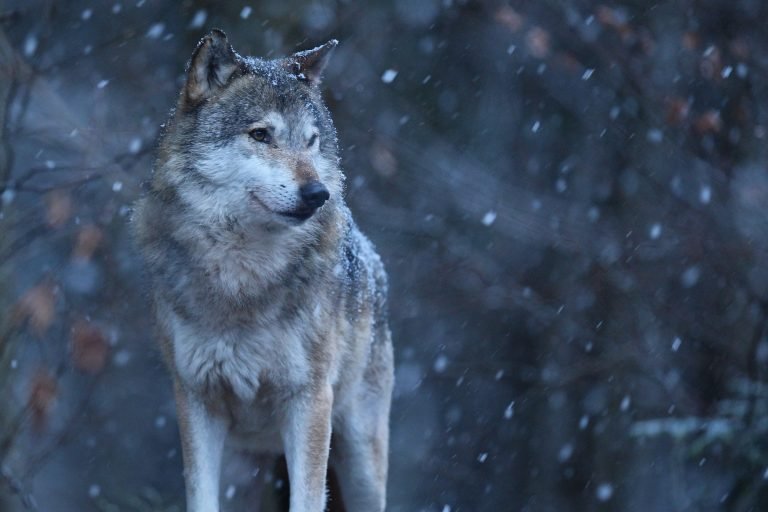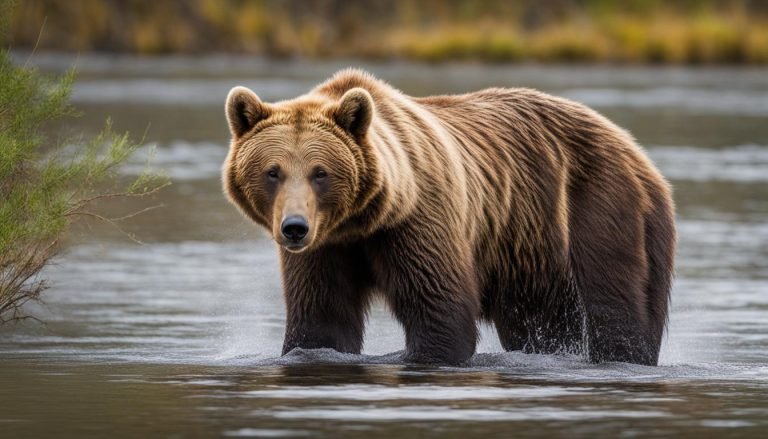15 Facts About Birds That Will Surprise You
Birds are nature’s finest symphony; they’re a theatrical display of colors, songs, and flight that collectively conjure awe-inspiring spectacle.
From their spellbinding migratory patterns to their uncanny navigational skills, these feathered wonders carry a repertoire of secrets beneath their wings.
In this blog post, we will embark on a mesmerizing journey into the avian world as we unravel 15 astonishing facts about birds you likely didn’t know.
Prepare yourself for an enthralling dive into the beautifully enigmatic sphere of our sky-bound friends!
Bird Quiz
How well do you know birds? Test your knowledge below!

1. Migratory Marvels
Birds are extraordinary migrants, covering vast distances during their seasonal journeys. The Arctic Tern holds the record for the longest migration, traveling around 44,000 miles from its Arctic breeding grounds to Antarctica and back.
2. Avian Intelligence
Birds showcase remarkable intelligence. Some species, like crows and parrots, have demonstrated problem-solving skills, tool use, and the ability to mimic human speech.
3. Feather Varieties
Feathers are not just for flight; they serve various functions. Contour feathers provide shape and streamline for flight, down feathers offer insulation, and brightly colored plumage plays a crucial role in courtship displays and species recognition.
4. Vocal Repertoire
Birdsong is a complex form of communication. Birds use their vocalizations for mate attraction, territory defense, and social bonding. Each species has a unique song, and some, like the Lyrebird, can mimic a wide array of sounds.
5. Extraordinary Vision
Birds possess exceptional vision. Raptors, such as eagles and hawks, have keen eyesight for hunting, while birds like the Kiwi are adapted for low-light conditions. Some birds can even see ultraviolet light, invisible to the human eye.
6. Nesting Ingenuity
Birds exhibit incredible diversity in nesting behaviors. Weaverbirds construct intricate hanging nests, penguins create nests of pebbles, and the bowerbird builds elaborate structures to attract mates, showcasing the wide range of avian architectural skills.
7. Adaptive Beaks
Bird beaks are highly adapted to their ecological niche. From the long, slender bills of hummingbirds for sipping nectar to the powerful, hooked beaks of raptors for tearing flesh, the diversity of beak shapes reflects specialized feeding strategies.
8. Courtship Rituals
Birds engage in elaborate courtship displays to attract mates. The dancing of cranes, the aerial acrobatics of birds of paradise, and the synchronized swimming of Grebes are just a few examples of the mesmerizing rituals in the avian world.
9. Global Distribution
Birds are found on every continent, adapting to diverse ecosystems. From the Arctic-dwelling Snowy Owl to the penguins of Antarctica, their ability to inhabit extreme environments illustrates their adaptability.
10. Complex Migration Navigation
During migration, birds navigate using various cues, including the Earth’s magnetic field, celestial landmarks, and even the position of the sun and stars. This intricate navigation system allows them to traverse thousands of miles with precision.
11. Monogamous Bonds
Many bird species form monogamous pairs, partnering with the same mate for breeding seasons or even for life. Swans are renowned for their lifelong bonds, symbolizing fidelity and companionship in the avian world.
12. Diverse Locomotion
Birds showcase a range of locomotion methods. While flight is a defining feature, some birds, like ostriches and penguins, have evolved specialized adaptations for running and swimming, respectively.
13. Brood Parasitism
Certain birds, like the cuckoo, practice brood parasitism. Instead of building their nests, they lay eggs in the nests of other bird species, relying on them to raise their young. This cunning strategy showcases the diversity of avian reproductive tactics.
14. Avian Tool Use
Birds, particularly crows and parrots, display tool use. They fashion tools from twigs, and leaves, or even modify existing objects to extract insects or navigate challenging environments, challenging traditional notions of avian intelligence.
15. Feather Molting
Birds undergo molting, shedding, and regrowing feathers. Molting is crucial for maintaining optimal flight conditions and insulation. The process can vary from a gradual replacement of feathers to a more rapid, synchronized molt, depending on the species.







